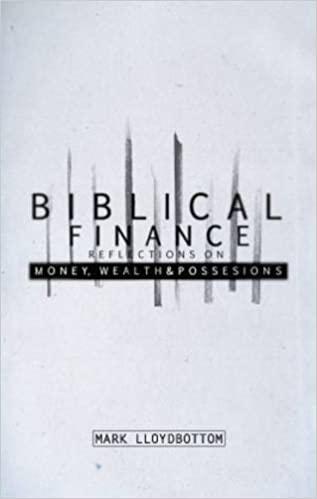Question
The initial investment for each project is fixed at 2 million dollars. Company discount all projects based on WACC. Further, all the projects are equally
The initial investment for each project is fixed at 2 million dollars. Company discount all projects based on WACC. Further, all the projects are equally risky projects and the company uses only debt and common equity for financing these projects. It can borrow unlimited amounts at an interest rate of rd 7.703% as long as it finances at its target capital structure, which calls for 45% debt and 55% common equity. Its last dividend (D0) was $2.0, its expected constant growth rate is 4%, and its common stock sells for $20. The tax rate is 40%.
Carefully analyze the Annexure A and answer the following questions in detail.
- Just by observing cashflows, can you rank the projects? Which one seems best choice. List them in the order of selection from 1st to last choice.
- What are the criteria that you might use in evaluating these projects? Which capital budgeting method seems best choice for you? why?
- List the ranking you found by using each the evaluation criteria starting from payback period to Modified internal rate of return (use pay back, discounted payback, profitability Index, NPV, IRR, and MIRR based on (Wacc discount rate). How do you interpret the results based on each of six criteria?
- Analyze the cashflows and think of real-life businesses that can generate similar cashflows. List a few of them?
- Repeat point number 3 while using the cost of capital of 9.25% and 11% respectively. Does the change in cost of capital have any impact on the ranking of the projects? why?
Annexure A

Step by Step Solution
There are 3 Steps involved in it
Step: 1

Get Instant Access to Expert-Tailored Solutions
See step-by-step solutions with expert insights and AI powered tools for academic success
Step: 2

Step: 3

Ace Your Homework with AI
Get the answers you need in no time with our AI-driven, step-by-step assistance
Get Started


